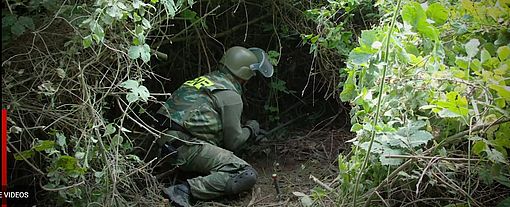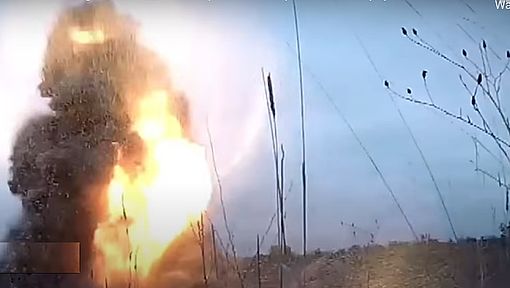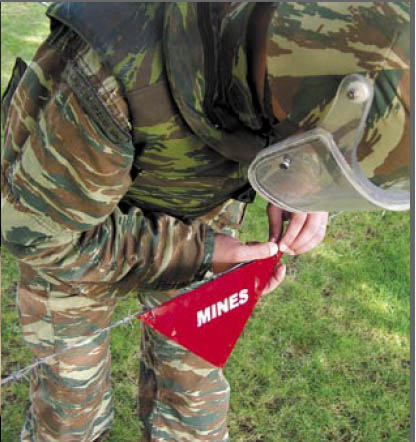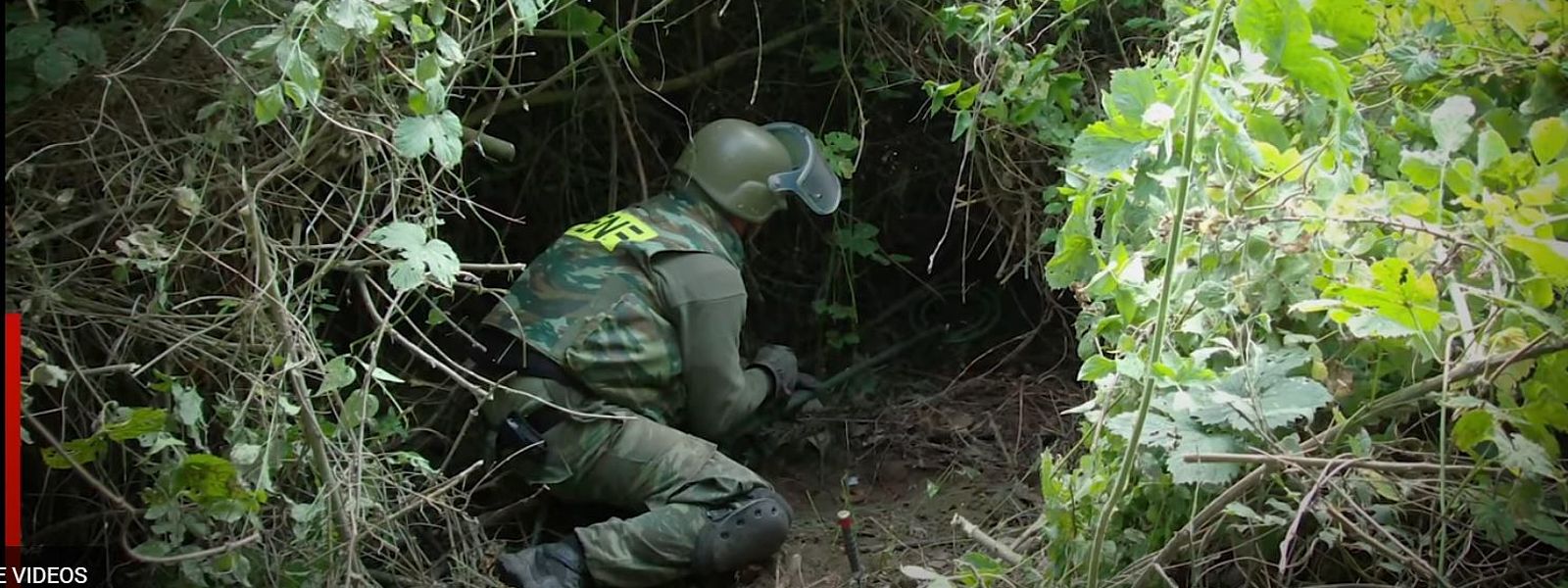Greece
Greece signed the Convention on 3 December 1997, ratified it on 25 September 2003, and the Convention entered into force for Greece on 1 March 2004.
Obligations under the Convention

On 23 June 2004, Greece submitted its initial transparency reporting stockpiled anti-personnel mines under its ownership or possession.
Notwithstanding the obligation to destroy all stockpiled anti-personnel mines, the Convention permits the retention of the minimum number of anti-personnel mines absolutely necessary for the development of and training in mine detection, mine clearance, or mine destruction techniques.
As of 2021, Greece reported having retained 5,570 anti-personnel mines for these permitted purposes. These mines are retained to train soldiers in mine detection and clearance and in canine detection.

On 23 June 2004, Greece submitted its initial transparency report in accordance with Article 7, paragraph 1, reporting a stockpile of 1,566,532 anti-personnel mines under its jurisdiction or control.
On 1 March 2008, Greece’s deadline for the destruction of its stockpiled anti-personnel mines passed.
At the 2014 Intersessional Meetings Greece announced that it had made significant advances in the destruction of the stockpiled anti-personnel mines.
“The transfer by Greece of anti-personnel mines to a special facility in Bulgaria, where nearly a million landmines will be destroyed, is well underway,” said H.E. Alexandros Alexandris, Ambassador of Greece to the United Nations (Geneva).
On 31 December 2014 however, Greece provided information in response to its commitment under the Maputo Action Plan indicating that on 1 October 2014 an explosion had occurred at the facilities of the company contracted to destroy Greece’s mines and that work had to be halted.
At the Seventeenth Meeting of the States Parties, Greece informed it had demilitarised over 100,000 AP mines and that 439,585 still remained to be addressed. Greece further noted that the Hellenic Defence Systems (HDS) had completed the transfer of the 190,570 from the facilities contracted to carry out the destruction process, to their jurisdiction for demilitarisation.
In November 2019, at the Nineteenth Meeting of the States Parties, Greece informed that it had "concluded the international tender for the appointment of a new subcontractor for the demilitarization of the remaining APLMs stockpile and are in the process of submitting their proposai for the destruction of the remaining quantity of APLMs to the competent department of the Hellenic Ministry of National Defence".
Greece further informed it had so far destroyed 1.2 million anti-personnel mines.

In its initial transparency report, Greece indicated that there were areas under its jurisdiction or control in which anti-personnel mines were known or suspected to be emplaced.
In accordance with Article 5 of the Convention, Greece undertook to destroy or ensure the destruction of all anti-personnel mines in these areas as soon as possible but not later than 1 March 2014.
On 1 December 2009, at the Cartagena Summit on a Mine-Free World, Greece announced that it had fulfilled its obligation under Article 5 of the Convention, more than four years prior to its deadline.
Declaration of Completion
Annually and no later than 30 April, each State Party is to update information covering the previous calendar year. The latest Article 7 reports for this State Party can be found on this page.
Each State Party is to take all appropriate legal, administrative and other measures, including the imposition of penal sanctions, to prevent and suppress any activity prohibited to a State Party under this Convention undertaken by persons or on territory under its jurisdiction or control.
Greece has reported having established national implementation measures or that it considers existing legislation to be sufficient.
Related news in PDF

View, download snapshots of Greece during Convention-related activities on Flickr.

Latest Views and Updates
Article 3 and 4
- 21MSP 10e Stockpile Destruction Greece24 November 2023English
- IM23 7b Stockpile Destruction Greece21 June 2023English
- 20MSP 10e Stockpile Destruction Greece24 November 2022English
- IM22 9b Stockpile Destruction - Greece22 June 2022English
- 19MSP 10e Stockpile Destruction Greece18 November 2021English
- IM21 3 Stockpile Dest Greece22 June 2021English
- Greece-StockpileDestruction22 June 2021English
- 18MSP 9e Stockpile Destruction Greece19 November 2020English
- 17MSP 9e Stockpile Destruction Greece29 November 2018English
- 16MSP 11e Stockpile Destruction Greece21 December 2017English

